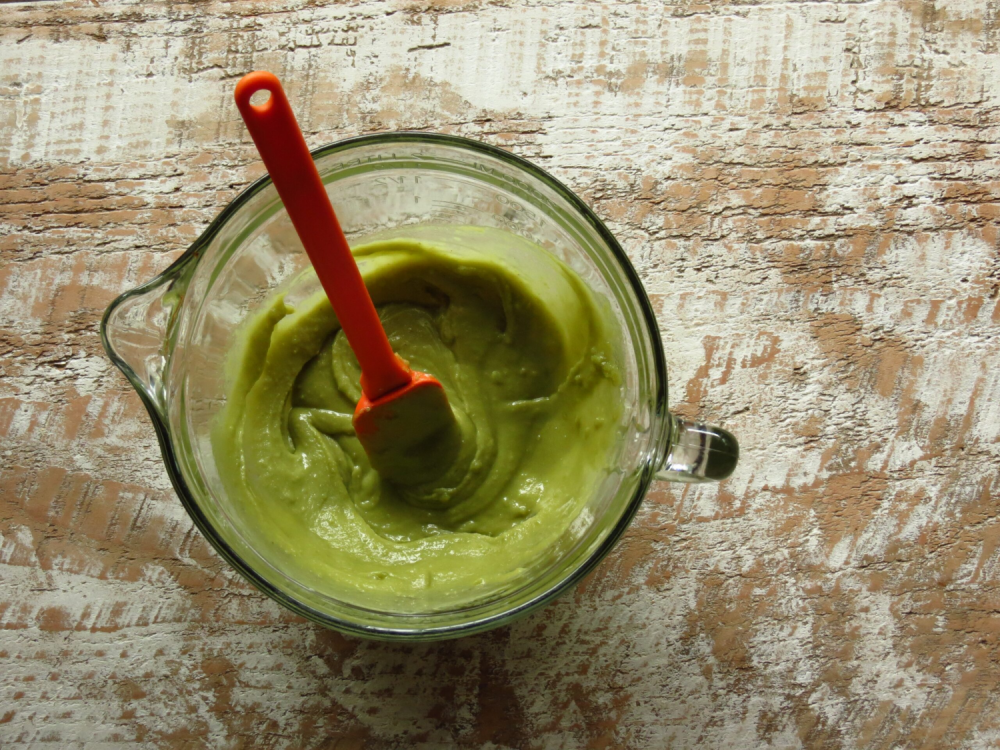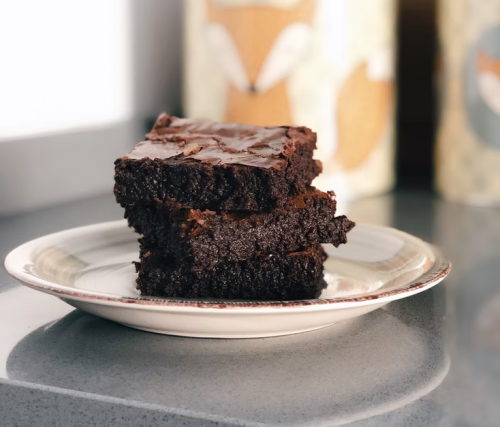Did you know that cannabutter is what makes special brownies so special? By following our recipe, you can make the right cannabutter for your ideal high.
Cannabutter is cannabis-infused butter that can be used in any recipe that calls for butter, such as cookies and brownies. This recipe will teach you how to “activate” weed for edible purposes using decarboxylation, as well as the process of infusing the weed into the butter. Then, in about three hours, you will have potent cannabis butter that can stay fresh for up to six months when stored properly.
Tailor Potency to Your Tolerance
In order to activate the psychoactive potential in eating cannabis, the flower must be heated slowly at a low temperature. This is a process known as decarboxylation, also known as decarbing the weed. Depending on your tolerance, it may be best to choose different strains or amounts to ease you into the high.

Photo by Correen via Unsplash
High Tolerance: <20% THC or Higher
With an eighth of 20% THC weed, you can expect to get a maximum of 700 mg of THC per cup of butter or oil. When shopping for a high potency strain to be used in the cannabutter, you may want to use a strain like Romulan Flower. Keep in mind that the flavors and effects of the strain will shine through. Meaning, the effect and flavor profile will appear in the cannabutter you make. For instance, if you use Orange Cake Flower, you may taste the tart and tangy citrus-based flavor profile along with its potentially hazy effects.
Low Tolerance: High-CBD or Low-THC
New or infrequent consumers of cannabis will want to look for strains that have lower/minimal THC content and higher CBD, like Pennywise CBD Flower. If you use 3.5 grams of 10% THC flower, you can expect to get a maximum of 350 mg of THC per cup of butter or roughly 7 mg per teaspoon. Additionally, you can reduce the potency by adding regular butter to the mix at a 1:1, 1:2, or 1:3 ratio.
Recipe for Cannabutter
What you’ll need
Ingredients:
1 cup (2 sticks) of butter or coconut oil
3.5 grams of cannabis in flower form
1 cup of water
Tools:
Hand grinder
Baking sheet
Parchment paper
Small saucepan
Metal mesh strainer
Cheesecloth
Clean Mason jar and lid
Steps to Making Cannabutter
Step One
The first step is to decarb the cannabis. Older, drier cannabis may require less time so preheat the oven to a range of 220-245º F. Then, put parchment paper on a baking sheet and use a hand grinder to break apart the flower. Once the flower is ground, spread the herb evenly across the sheet’s surface.
Step Two
Once the oven finishes preheating, place the sheet in the oven, and gently mix the buds with a light shake of the tray every 10 minutes. This will expose the surface area of the buds equally.
Step Three
While the weed is decarbing, set up the double boiler or saucepan on your stove and melt the butter. Add 1 cup of butter and 1 cup of water into a saucepan. Simmer on low and let the butter melt down to a liquid state.
Step Four
Once the weed comes out of the oven, transfer the decarbed weed into the melted butter and stir. Simmer the butter on low for 45 minutes to an hour. Stir often. While that simmers, set up a metal mesh strainer lined with cheesecloth over the container where the cannabutter will be stored.
Step Five
After the butter is done simmering, remove the butter from the stove and filter it through the cheesecloth strainer and into your Mason jar. After pouring the mixture into the container, gently squeeze the plant matter in the cheesecloth to get the majority of the butter out. Try not to get plant matter in the mix.
And now, your cannabis butter (cannabutter) is ready to cook with or eat. While cooking or baking, do not let the butter reach temperatures above 320° F because you may lose the desired effects.
Keeping Cannabutter Fresh
Your freshly made cannabis butter can be kept for up to two months in the fridge and six months in the freezer. When you take your frozen cannabutter out of the freezer to cook, you can treat it like regular butter. To make a more liquid butter, put it in the pan at the lowest heat. However, if you need cold or softened butter, transfer it from the freezer to the fridge the night before making your recipe.
Always check for any sign that tells your cannabutter might have gone spoiled. Throw it away if it has mold, mildew, or any discoloration. Additionally, check if the smell and texture has changed. This may indicate spoilage or dryness respectively and in either case, is unusable.
More Content
THE RELATIONSHIP BETWEEN BACKWOODS AND HIP-HOP
TERPENES FOR ANXIETY: 3 TERPS IN CANNABIS WITH STRESS-RELIEVING PROPERTIES
RAPPER WEED: WHICH RAPPERS HAVE CANNABIS PRODUCTS IN THE MARKET? WHO ACTUALLY HAS THE FIRE?
18 COMPANIES THAT DON’T DRUG TEST THEIR EMPLOYEES FOR WEED
7 TIPS FOR MARKETING CANNABIS AND CBD ON TIKTOK AND INSTAGRAM








